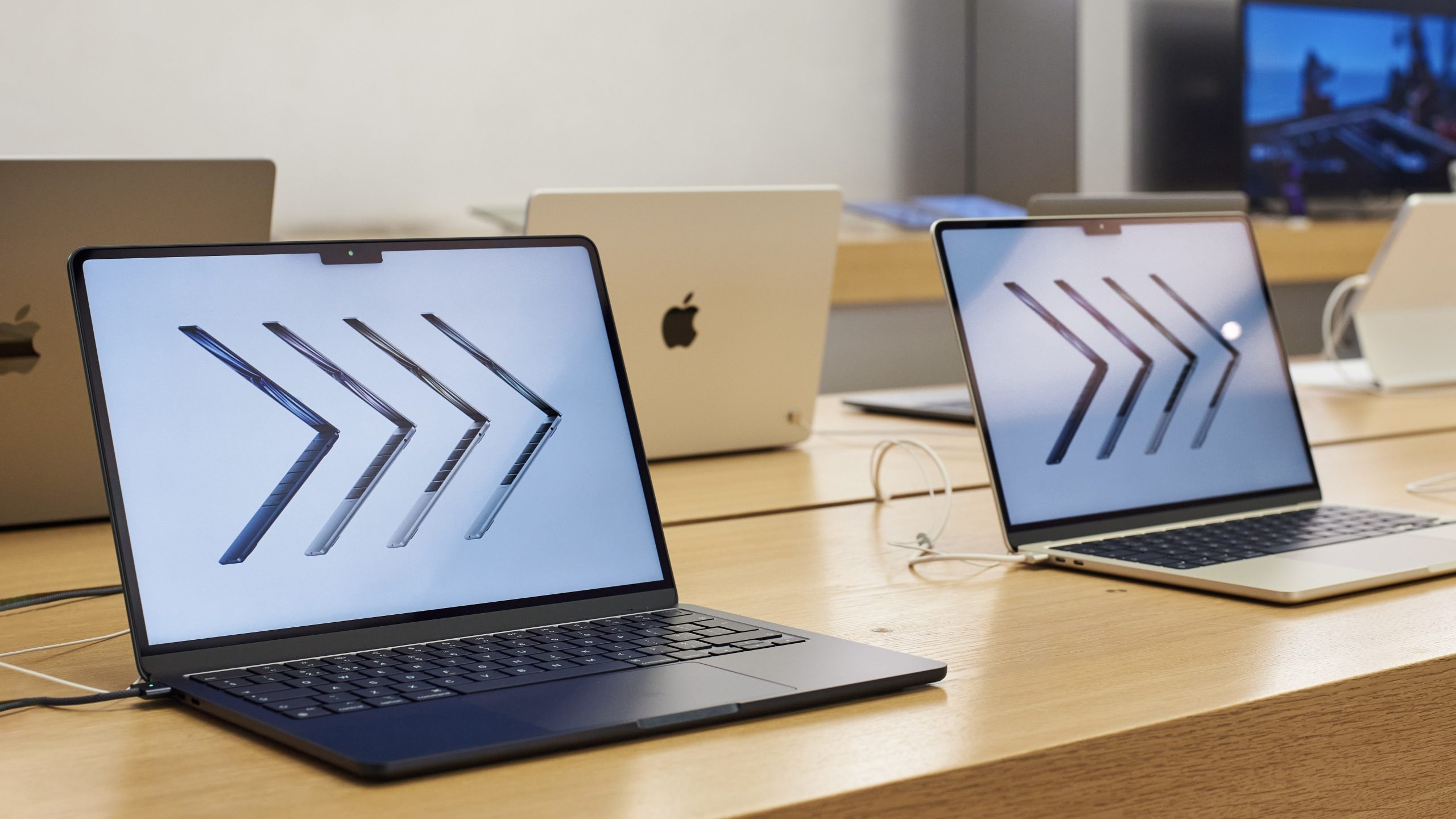OLED is a fantastic display technology. Unlike an LCD, which uses a single backlight for all the pixels of the display, all of the pixels on an OLED display can be individually lit up or turned off entirely. That means dark areas of the screen are inky black, while brighter areas can be selectively illuminated. It just looks fantastic, and if I have the option, I always try to choose it.
OLED isn’t new tech at this point, and yet, Apple has been slow to adopt it into its products, especially when compared to some of its competitors. The company’s first device to feature OLED was the Apple Watch in 2015, then the iPhone X in 2017, whereas every Samsung Galaxy has featured an AMOLED display since the company introduced the line in 2010. The iPhone remained the only product line with OLED for quite some time, until it included them with the M4 iPad Pros.
Aside from these products, Apple tends to choose alternative display types for its devices. For certain products, like the iMac, MacBook Air, and most iPads, it still uses LCD. For more “premium” devices, like the MacBook Pro, it uses mini-LED, which offers a large number of backlight “zones.” This gives these products more contrast than the single backlight of LCD, but not quite as much as OLED. I prefer watching shows and movies on my iPad with mini-LED than my LCD iMac, for example, but I’d always prefer my OLED TV.
Apple’s OLED roadmap
As it turns out, Apple might give me some new OLED options in the future. According to Bloomberg’s Mark Gurman, Apple is working on bringing OLED to more of its devices. Gurman says that the company is currently testing the tech for the MacBook Air, iPad mini, and iPad Air, all of which now ship with LCD. In addition, the company is reportedly working on an OLED MacBook Pro, which might also ship with a touchscreen.
Before you get too excited for an OLED MacBook, Apple is likely starting the OLED rollout with the iPad—specifically, the iPad mini. Gurman’s sources say the OLED mini will drop sometime next year, which would mark the first refresh for the device since 2024. While I’d love an OLED Mac, this might be the perfect excuse for me to pick up an iPad mini, which I’ve long thought of as the most fun of Apple’s devices.
Gurman isn’t sure when Apple will add OLED to the iPad Air, but it won’t be with the next refresh. The next-gen iPad Air will likely launch this spring, and will ship with LCD. That’s true for the M5 MacBook Air, as well. While Apple is testing OLED for the Air, the next model will be out this spring sporting the same display tech as the M4. An OLED MacBook Air might not hit stores until 2028.
If you’ll buy any Mac that Apple sells with OLED, you’re going to be buying a Pro. That OLED MacBook Pro might even come with a touchscreen, which would be a first for Apple’s Mac line. That machine could be out as early as 2026, but Apple could also push them to 2027.
Adding OLED to products won’t come cheap, though. Gurman suggests that Apple could raise the price of the iPad mini $100, which would drive the starting cost from $499 to $599. When those OLED MacBook Pros come out, they’ll also likely be even more expensive than the current Pros, by at least a few hundred dollars. These machines start at $1,999 (14-inch) and $2,499 (16-inch) today, so their OLED, touchscreen counterparts could fetch a high price tag.
You probably shouldn’t wait for these devices if you need to upgrade
If you’re holding out on buying any new Apple tech until the company refreshes those devices with OLED, you’re going to be waiting a while—at least, for anything other than the iPad mini. I’d recommend waiting for that particular device, but for the others, it might be a while indeed. If you really need an upgrade, Apple’s current iPad Pros ship with OLED, and the mini-LED tech in its MacBook Pros is also excellent. But even the LCDs on its devices look quite good. If you can stomach seeing the backlight when dark elements are on-screen, an iPad Air or MacBook Air will suit you well.
